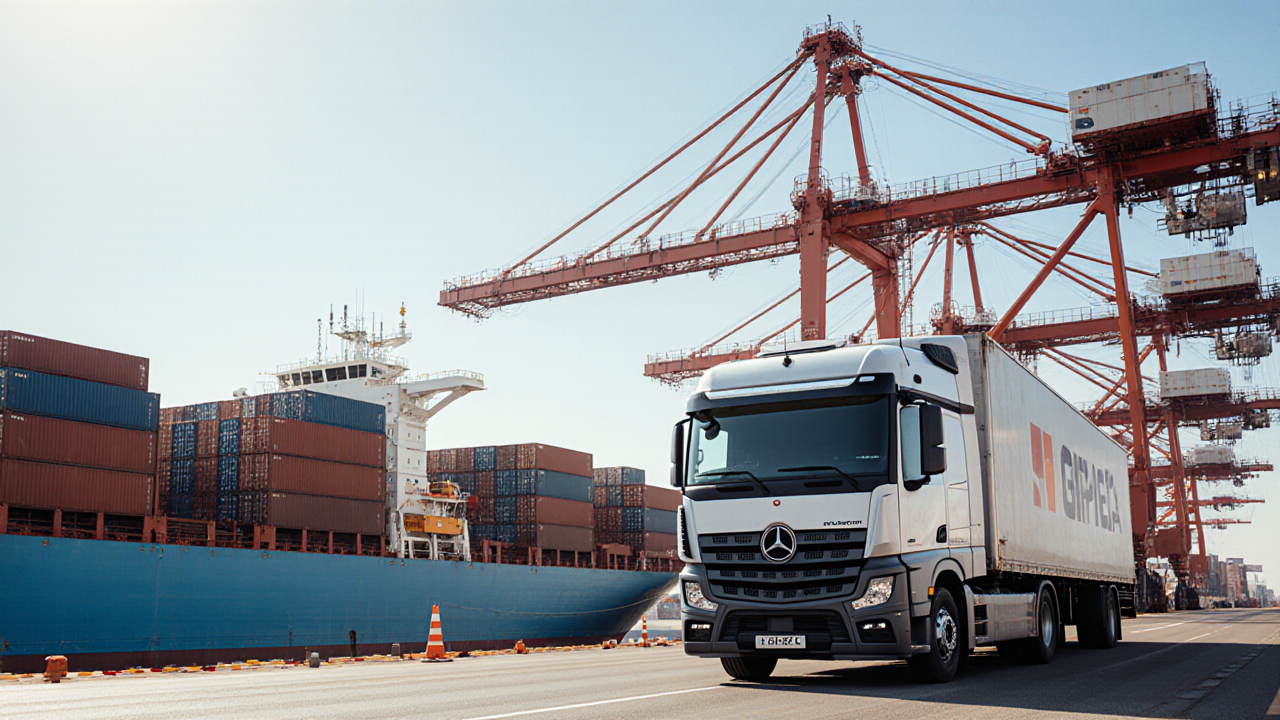
When new port fee structures are introduced, the ripple effects across the global supply chain can be profound, reshaping cost baselines and forcing leaders to rethink operational strategies. Recent industry estimates, aligned with earlier forecasts, reveal that the combined burden on major logistics providers could reach USD 2 Billion in a single year if the fee framework remains unchanged. Even the initial US port charges—exceeding USD 40 Million—signal a significant upward shift that will reverberate through shipping schedules, inventory decisions, and customer pricing.
The magnitude of these fees underscores the critical need for supply chain executives to embed cost transparency into their decision‑making processes. A sudden spike in port charges can erode margins, compress service level agreements, and accelerate the search for alternative routing or transshipment points. To mitigate these risks, leaders must leverage real‑time data feeds from port authorities, integrate them into freight management systems, and adopt dynamic berth allocation models that align capacity with demand.
Beyond cost containment, the evolving fee landscape presents an opportunity to drive broader operational excellence. By negotiating performance‑based contracts that reward early vessel arrivals or low‑emission operations, logistics providers can convert regulatory pressures into competitive advantages. Moreover, incorporating port fee variables into total landed cost calculations ensures that pricing strategies remain resilient, while data‑driven insights can inform proactive adjustments to shipping lanes and inventory buffers.
Finally, the intersection of sustainability and fee structures offers a pathway for long‑term resilience. Ports increasingly tie discounts to green initiatives, such as shore power usage or ballast water treatment compliance, incentivizing fleets to adopt cleaner technologies. Supply chain leaders who invest in electrified or hybrid vessels, coupled with advanced analytics that forecast fee savings, position themselves to not only survive fee hikes but to thrive in a logistics ecosystem that rewards environmental stewardship.
Loading comments...